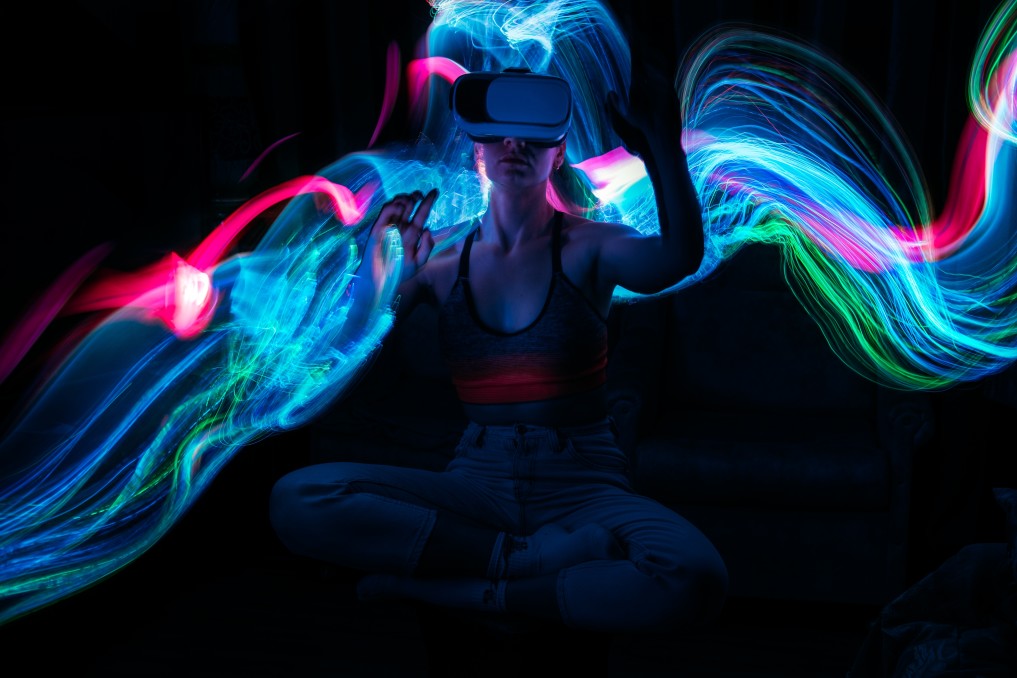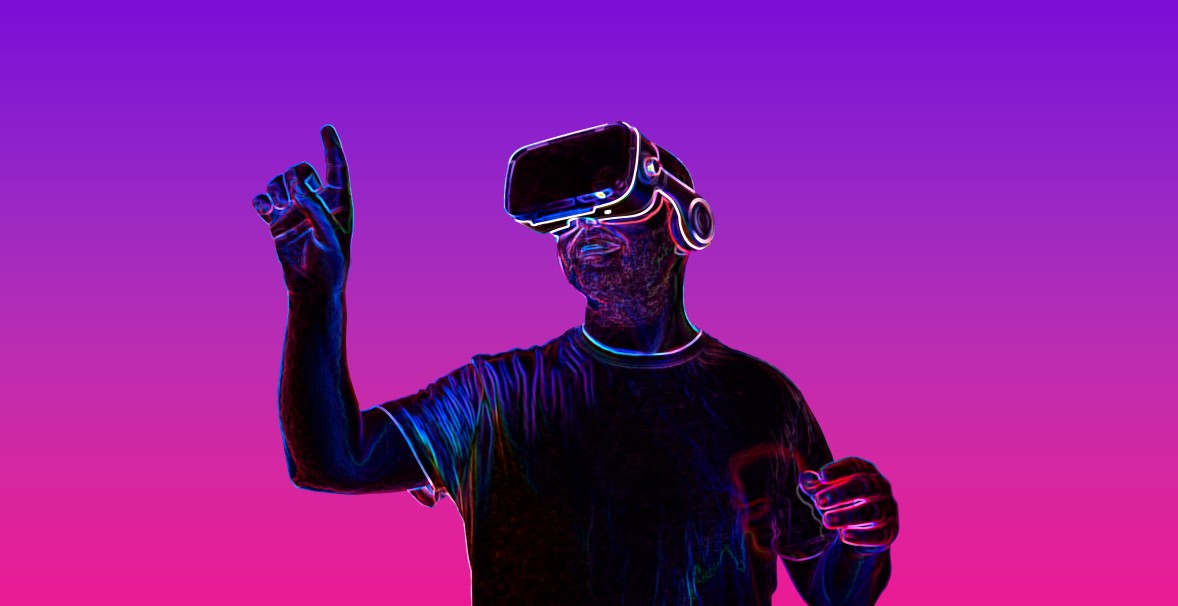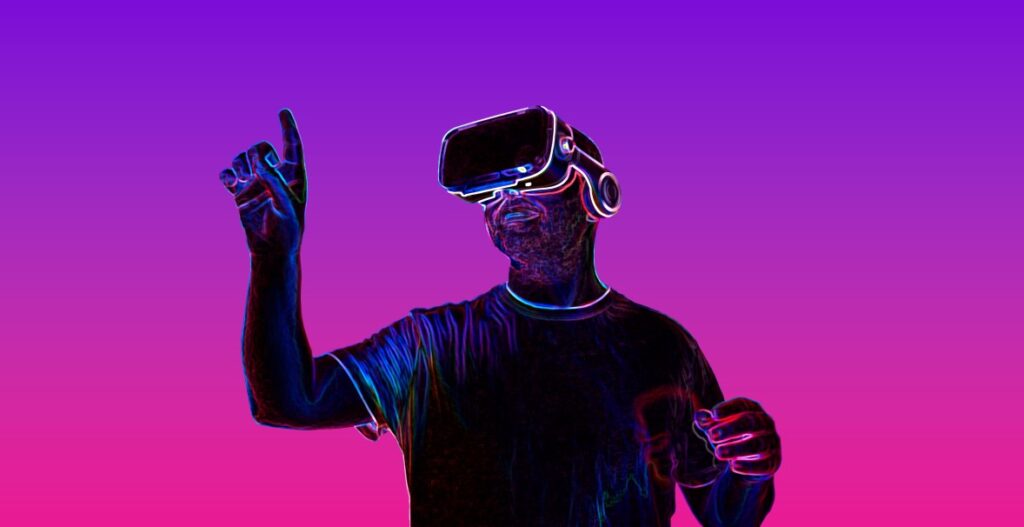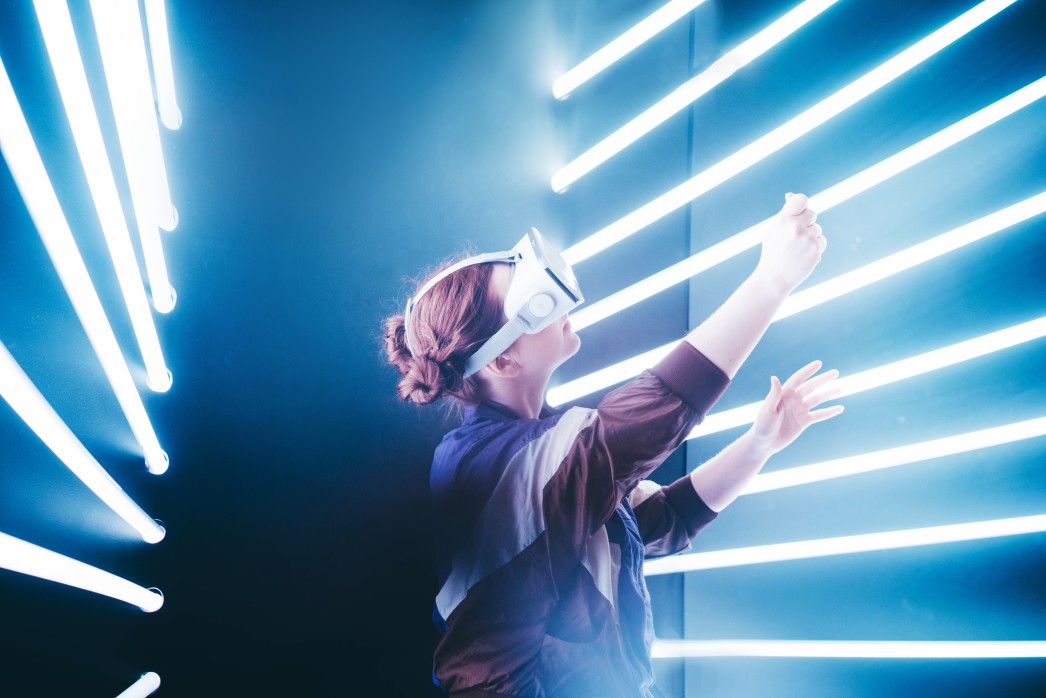
Is Virtual Reality OK For Your Eyes?
Before you get too excited about virtual reality, it is important to understand the risks and benefits. This article will discuss the advantages, adjustment, and impact on children’s vision. VR uses high-resolution images in order to create the illusion that space is real. VR can cause nausea and dizziness. To avoid problems, it is important to understand the brain’s workings. Because VR can cause dizziness or nausea, they can have a negative impact on your eyesight.
Benefits
Although VR is great for your eyes, there are some drawbacks. They can cause eye strain, which you should avoid at all costs. If you’re patient and maintain good eye hygiene, VR eye strain can be minimized. This is true for all screens, but VR should be used only for short periods. Also, make sure to take frequent breaks to stretch your legs and drink water.
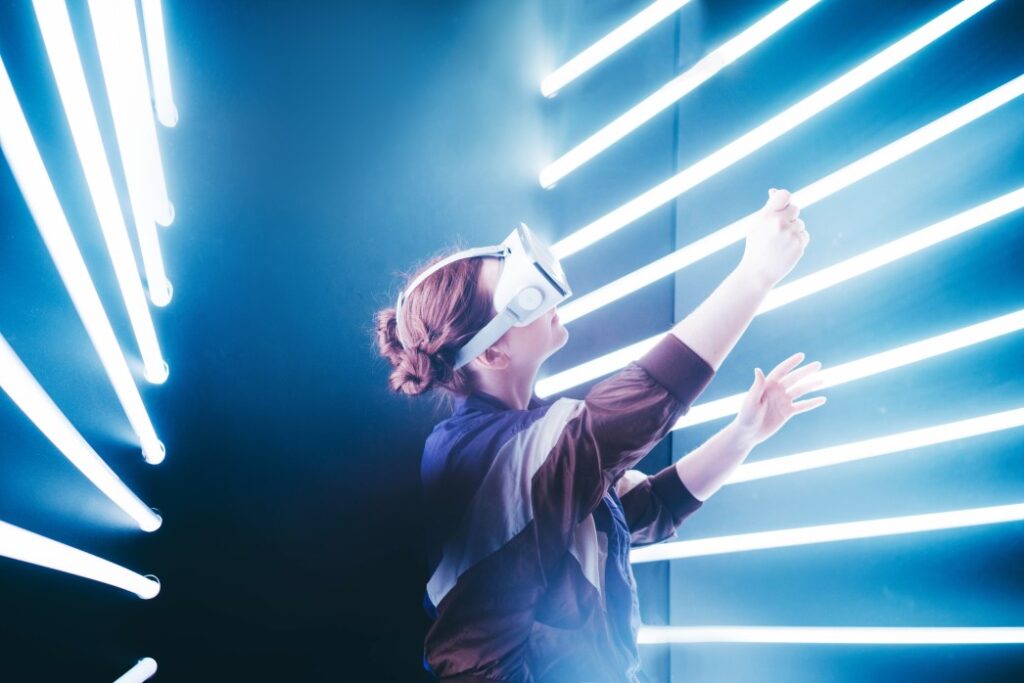
Drawbacks
If you are thinking about using VR, you probably already have a good idea of what to expect. While VR has many exciting benefits, there are also some drawbacks. While not a major problem, VR can cause strain in the eyes. Eye strain is common and won’t cause permanent damage, but it is a signal that your eyes need a rest. To avoid eye strain, it’s important to take a break every half hour or so. You should also avoid VR headsets for children under 10 years old, as their brains are still developing.
Adjustment
Although VR does not have the same physical effects of traditional television, it can still cause eye strain, headaches, and even sore necks. Although eye strain is often temporary, it can be very bothersome, especially if VR has been used for a long time. Fortunately, VR eye strain is easily preventable, but you must still adjust your headset and make time to take frequent breaks to ensure proper eye health.
Impact on children’s vision
There are many concerns regarding the potential negative effects of VR on children’s vision. These include cybersickness as well as visual motor function that can persist after VR sessions. VR may be especially dangerous for children with myopia or preexisting visual impairment. Future research should focus on the size and weight requirements of VR devices. VR is also subject to child safety standards and immature visual systems. However, more research is needed to determine whether or not VR is beneficial to children.
Take care
As with any technology, there are some precautions you should take when using VR for your eyes. The high-resolution screens in VR headsets are close to your retina, which puts them in direct contact with the eye. In addition to being uncomfortable for your eyes, VR can cause dizziness and nausea, which can damage your vision. VR headsets with breaks can help you avoid these dangers. You’ll feel happier and healthier at the end.
